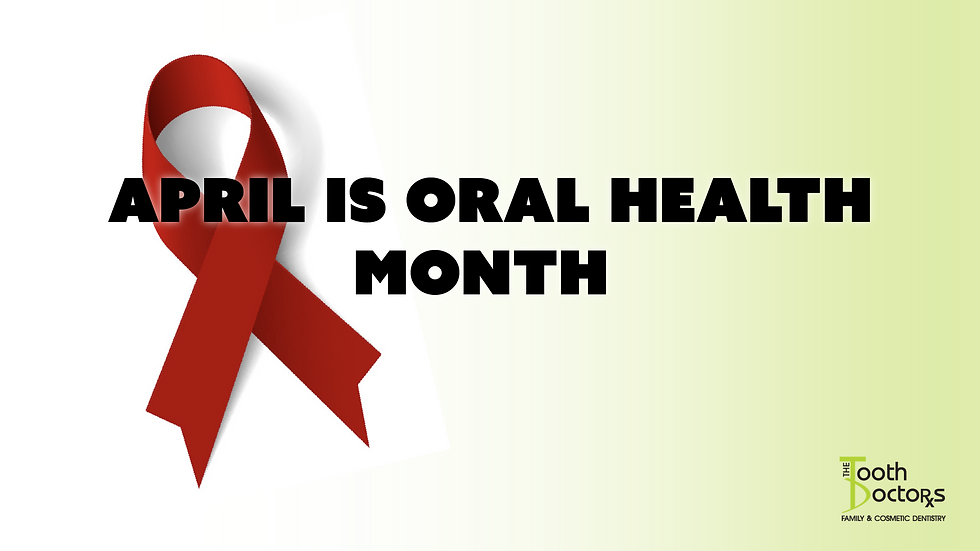What to do about TMD or TMJ Dysfunction?
- The Tooth Doctors

- Jun 4, 2014
- 1 min read
June 4, 2014 by wong
Did you know that the National Institute of Dental and Craniofacial Research approximates that 5-12 percent of people suffer from temporomandibular joint (TMJ) dysfunction better known as temporomandibular disorder (TMD). The TMJs are located on either side of your face and allows the lower jaw (mandible) to connect to the skull through a system of ligaments and muscles.

TMD occurs when there is disharmony within the joint space, often times the TMJ is damaged or deteriorated or when the muscles surrounding the area are in malfunction and are imbalanced. When muscles and the joint are in dysfunction, chronic muscle pain, headaches, ear aches, neck aches and vision problems can arise. Additionally, other signs or symptoms may be present in TMD including clicking in the the TMJ, limited opening, jaw locking, mouth and tooth sensitivity not associated with dental problems, and jaw pain associated with normal movements.
TMD can be treated by a variety of methods including splint therapy, jaw joint exercises, medication and surgery. At The Tooth Doctors, our team and myself have been specially trained in treating TMD through orthopedic therapy to help put the TMJ, muscles and bite in the right spatial plane. Many times, a neuromuscular bite can help alleviate and even stop chronic pain, headaches and muscle aches in the head and neck area. Often, the muscles need to be relaxed, which is achieved through a TENS unit and the proper bite can be identified once the muscles have realized. Ask myself or any members of our team about TMD treatment and how we can help with your specific conditions.




Comments